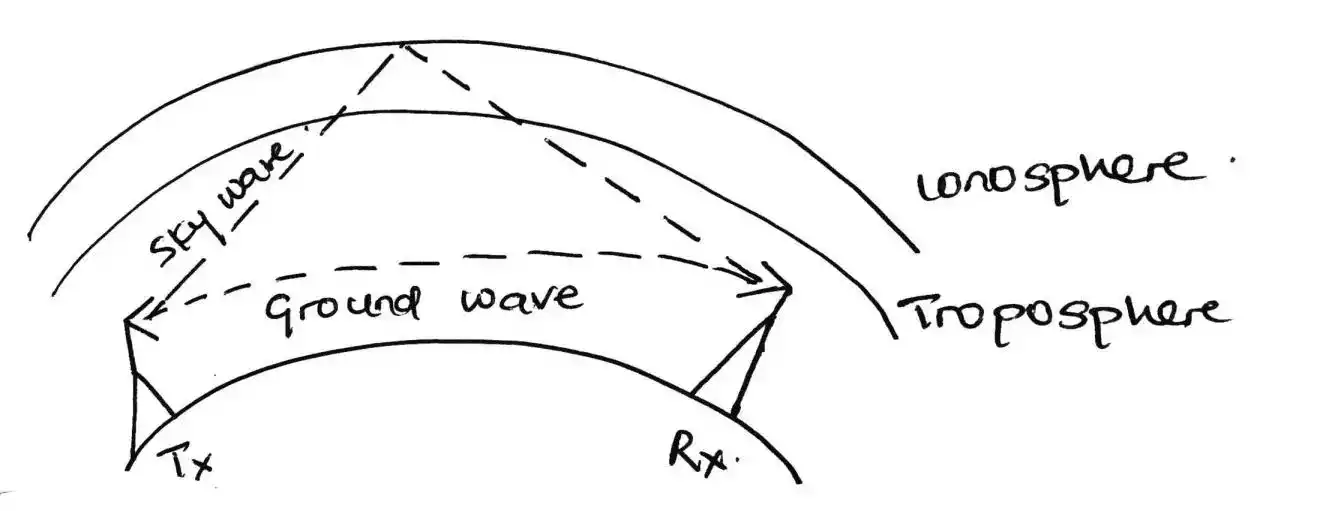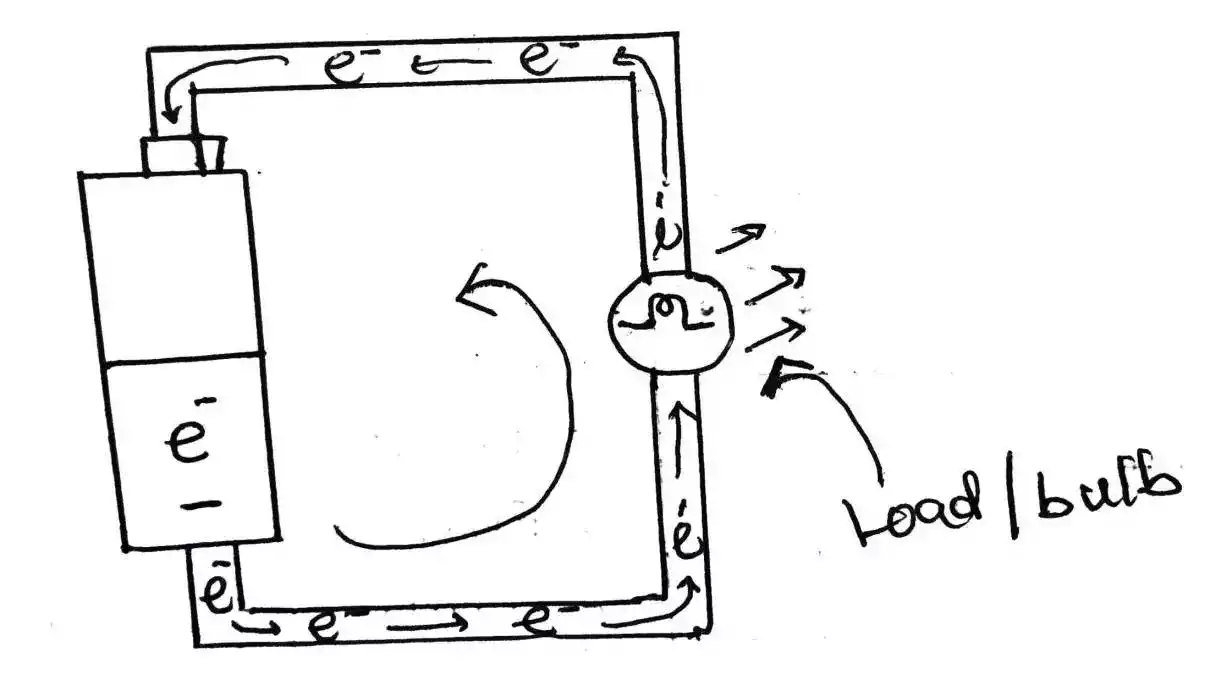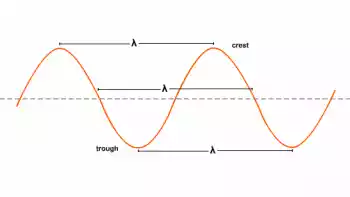15 Radio Waves Examples in Real Life
Radio waves are a type of electromagnetic radiation that has a wide range of applications in our everyday lives.
From communication to entertainment, radio waves play a crucial role in various technologies.
In this article, we will look at 15 real-life examples of how radio waves are utilized in different fields.
Table of Contents
Introduction
Radio waves are a form of electromagnetic radiation with wavelengths ranging from a few millimeters to hundreds of meters.
They are part of the electromagnetic spectrum, which also includes other types of waves such as visible light, infrared, ultraviolet, X-rays, and gamma rays.
Unlike other types of waves, radio waves have the ability to travel long distances without much loss of signal strength.
1. AM and FM Radio Broadcasting
One of the most common uses of radio waves is in AM (Amplitude Modulation) and FM (Frequency Modulation) radio broadcasting.
AM radio waves are used to transmit audio signals, while FM radio waves provide higher-quality sound due to their ability to carry a wider range of frequencies.
These radio waves allow us to tune in to our favorite radio stations and enjoy music, news, and other programs.
2. Television Broadcasting
Television broadcasting relies on radio waves to transmit audio and video signals. Broadcasters use specific frequencies to transmit their programs, which can then be received by television antennas.
These signals are decoded by televisions, allowing us to watch our favorite shows and movies from the comfort of our homes.
3. Cell Phones and Mobile Communication
Cell phones and other mobile devices use radio waves to communicate with cellular towers.
When we make a call or send a text message, our device converts the audio or text data into radio waves, which are then transmitted to the nearest cellular tower.
These towers relay the signals to the intended recipient, allowing us to communicate wirelessly over long distances.
4. Wi-Fi Networks
Wi-Fi networks are another example of how radio waves are used for communication. Wi-Fi routers emit radio waves that enable wireless devices such as smartphones, laptops, and tablets to connect to the internet.
These radio waves create a local network that allows multiple devices to access the internet simultaneously.
5. Satellite Communication
Satellites play a crucial role in global communication systems. They receive radio signals from one location on Earth and then retransmit them to another location.
This enables long-distance communication, such as international phone calls, television broadcasts, and internet connectivity in remote areas.
6. Radar Systems
Radar systems utilize radio waves to detect the presence, direction, and speed of objects. They are widely used in aviation, maritime navigation, weather monitoring, and military applications.
By emitting radio waves and analyzing the reflected signals, radar systems can provide valuable information about the surrounding environment.
7. GPS Navigation
Global Positioning System (GPS) relies on radio waves for accurate navigation. GPS devices receive signals from multiple satellites and use the timing information to calculate their precise location.
This technology has revolutionized navigation, making it easier for us to find our way in unfamiliar places.
8. Radio Astronomy
Radio waves are essential for studying objects in space. Radio telescopes detect and analyze radio waves emitted by celestial bodies, providing valuable insights into the universe.
Radio astronomy has helped scientists discover pulsars, quasars, and cosmic microwave background radiation, among other phenomena.
9. Remote Controls
Many electronic devices, such as televisions, DVD players, and air conditioners, use infrared remote controls to operate them from a distance.
These remote controls rely on infrared radiation, which falls within the electromagnetic spectrum close to radio waves.
10. Microwave Ovens
Microwave ovens generate radio waves at a specific frequency to heat and cook food.
The radio waves are absorbed by the water molecules present in the food, causing them to vibrate and generate heat.
This enables us to quickly and efficiently prepare meals.
11. RFID Technology
Radio Frequency Identification (RFID) uses radio waves to identify and track objects. RFID tags, which consist of a microchip and an antenna, are attached to items such as products in a store or luggage at an airport.
When the tags come within range of a reader, they transmit their unique identification information using radio waves.
Read on: What is Radio Frequency Identification (RFID) Used For?
12. Airport Security Scanners
Full-body scanners used in airports to detect hidden objects rely on millimeter-wave radio waves.
These scanners emit low-power radio waves that penetrate clothing and produce an image of the body, helping security personnel identify potential threats.
13. Weather Forecasting
Radio waves play a crucial role in weather forecasting. Weather balloons equipped with radiosondes transmit weather data to ground stations using radio waves.
This data, along with satellite observations, helps meteorologists analyze atmospheric conditions and make accurate predictions.
14. Medical Imaging
In the field of medicine, radio waves are used in imaging techniques such as magnetic resonance imaging (MRI). MRI machines generate strong magnetic fields and radio waves to create detailed images of internal body structures. This non-invasive technique is widely used for diagnosing various medical conditions.
15. Wireless Headphones
Wireless headphones have become increasingly popular, and they rely on radio waves to transmit audio signals from the audio source to the headphones.
By utilizing Bluetooth technology, radio waves are used to establish a connection between the audio device, such as a smartphone or computer, and the headphones.
This wireless communication allows users to enjoy their favorite music or podcasts without the constraints of wired headphones.
Wrap Up
Radio waves are an integral part of our modern world, enabling communication, entertainment, navigation, and scientific exploration.
From radio and television broadcasting to cell phones, Wi-Fi networks, and satellite communication, radio waves have revolutionized the way we connect with each other and the world around us.
Understanding the diverse applications of radio waves helps us appreciate their significance in our daily lives.
FAQs
- Are radio waves harmful to humans? Radio waves used in everyday applications, such as radio broadcasting and Wi-Fi networks, are considered safe for human exposure.
However, exposure to high-intensity radio waves, such as those emitted by certain industrial equipment, can have adverse health effects. - Can radio waves be used for long-distance communication? Yes, radio waves are ideal for long-distance communication due to their ability to travel through the atmosphere without significant signal loss.
This property makes them suitable for applications such as radio broadcasting, satellite communication, and cellular networks. - How do radio waves differ from other types of electromagnetic radiation? Radio waves have longer wavelengths and lower frequencies compared to other types of electromagnetic radiation, such as visible light, X-rays, and gamma rays.
They are specifically suited for communication purposes and can penetrate obstacles like buildings and vegetation. - What is the speed of radio waves? Radio waves travel at the speed of light, which is approximately 299,792 kilometers per second (186,282 miles per second) in a vacuum.
- Can radio waves be used to transmit data? Yes, radio waves are commonly used to transmit data wirelessly. They form the basis of technologies like Wi-Fi, Bluetooth, and cellular networks, enabling the transfer of information between devices.





